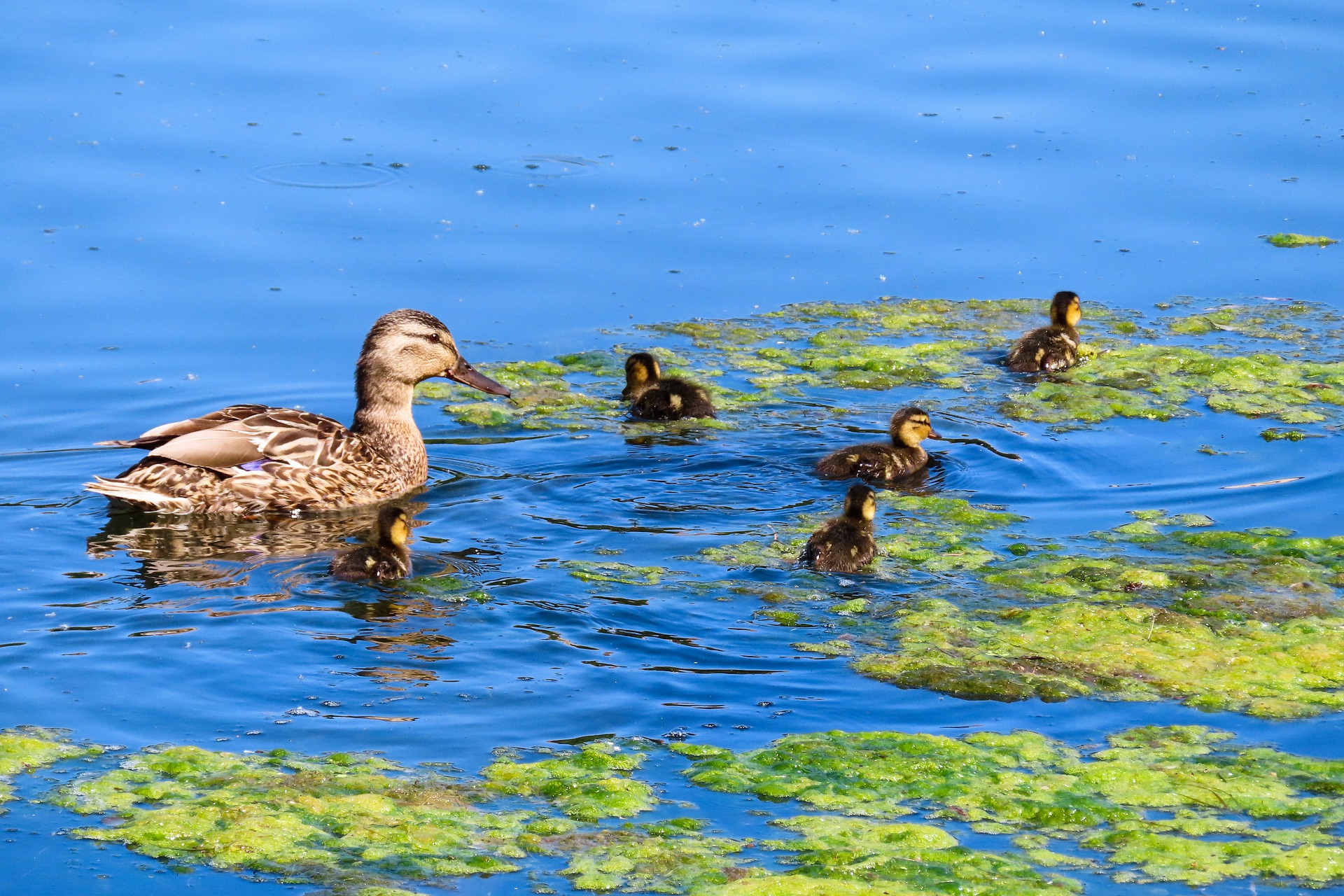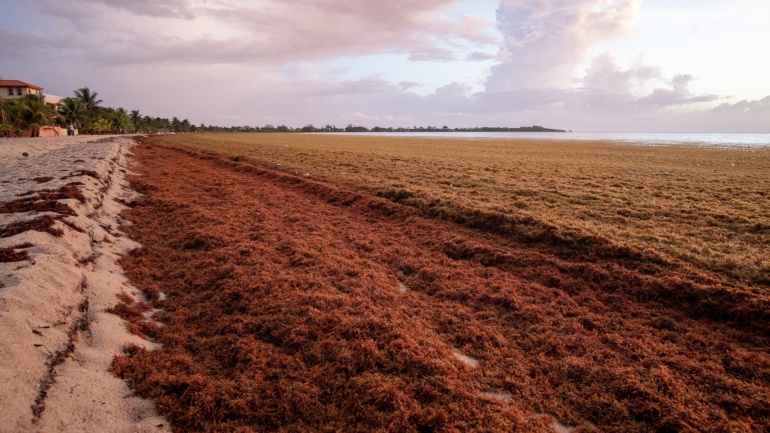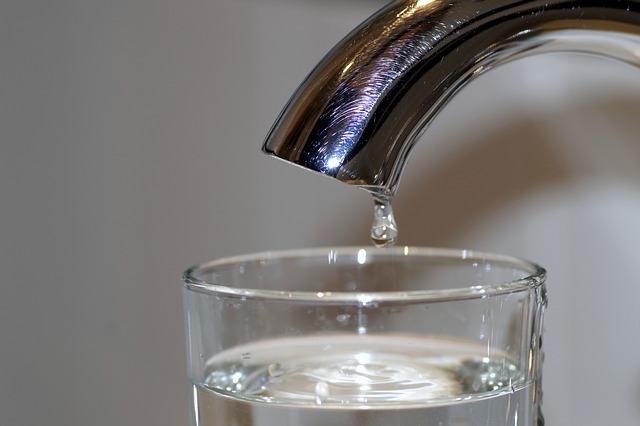By William Young, Staff Writer for Save the Water™ | February 3, 2017
Scientists have found more than one way to determine when a harmful algae bloom will occur. With these advancements, water ecosystems will be even more protected. Algae bloom is a natural process that occurs when an abundance of nutrients enters an area of water where algae are present. The algae population grows much more rapidly and inhabits more space. Sometimes the algae is a colorful blue-green.
Although algae bloom occurs naturally, it can be accelerated by outside factors like human recreation and manmade phosphates.3 While algae bloom can even be beneficial to some marine life, it can also create hypoxia (an environmental phenomenon where the concentration of dissolved oxygen in the water column decreases to a level that can no longer support living aquatic organisms) by absorbing the oxygen in the water when each short-lived alga dies.2 Another type of algae bloom is a harmful algae bloom (HAB) which can lead to disruption in an area of water’s ecosystem and can cause marine life to die off significantly because of the toxin that the harmful algae bloom produces. Scientists and researchers have recently tried to find methods of monitoring HABs, containing them, and reversing their creation process.
Why should harmful algae blooms be monitored?
HABs endanger marine life. About one-half of all unnatural, marine-life death can be contributed to the consumption of food or prey that has been contaminated by HAB. This disrupts ecosystems. Some blooms that aren’t even toxic can lead to problems by causing fish to suffocate, shielding bottom-dwelling plants from the sun’s light, and depleting the oxygen severely.3 Even though HABs can harm humans who ingest any marine life that has consumed HAB, many methods prevent humans from consuming potentially harmful marine life. Those same methods are not sufficient to protect the marine life itself, however. Children are also at higher risk because they tend to spend more time in the water.1 If algae bloom can be monitored and predicted, then maybe precautions can be taken to stop it from happening. Such prevention would better protect marine and human life.
Methods to monitor HABs
For years scientists at multiple research facilities have tried to find methods to monitor HABs and recently may have found multiple solutions. Although in some specific cases taste and smell can be used to determine if a bloom is toxic, it is not a reliable method.1 Researchers at the University of North Carolina at Chapel Hill have sequenced the genes of HABs to discover the interactions of the algae and bacteria that cause the rapid growth. According to lead researcher Adrian Marchetti, this method will allow algae to tell scientists what is happening in their natural environment and can save millions in economic losses caused by HABs.5
Another prominent monitoring method aimed at predicting and reversing HABs has been dubbed the “Regime Shift” phenomenon. A joint effort by researchers at the University of Virginia, the University of Wisconsin-Madison, the Cary Institute of Ecosystem Studies, and Rutgers University produced an automated system to spot regime shifts: the rapid growth of algae and oxygen depletion. This system can accurately predict algae blooming and can help prevent the development of HABs. According to Michael Pace, the project’s head environmental scientist, the system was proven to predict algal blooming two weeks before it occurred. Thanks to the two-weeks notice, nutrient inputs could be cut off and thus prevented from excessively nourishing the algae. The algae bloom was actually reversed by this cutoff. Not only was the system shown to predict algae bloom, but it was also an essential part of the bloom’s reversal. Although it might be more beneficial to monitor nutrient inputs more closely and keep them under control, this system was still proven to work.4
HABs have been a plague to our marine life for the past few decades. With efforts from scientists and researchers spotlighted in recent years, hopefully, HABs can become less of a problem in ecosystems and bodies of water around the world.
References
- Freeman, K. S. (2010). Harmful algal blooms: Musty warnings of toxicity. Retrieved from https://www.ncbi.nlm.nih.gov/pmc/articles/PMC2974715/
- Hypoxia. n.d. “What is hypoxia?” Retrieved from http://www.gulfhypoxia.net/overview/
- National Centers for Coastal Ocean Science. (n.d.). “Harmful algal blooms.”
Retrieved from https://coastalscience.noaa.gov/research/habs/default - Palanisamy, S. (2016, December 29). Scientists develop warning system to reduce harm from toxic algal bloom. Retrieved from http://bit.ly/2t3srPX
- Parker, M. L. (2016, December 2). Researchers use genes as early warning system for harmful algae blooms. Retrieved from https://www.eurekalert.org/pub_releases/2016-12/uonc-rug112816.php





